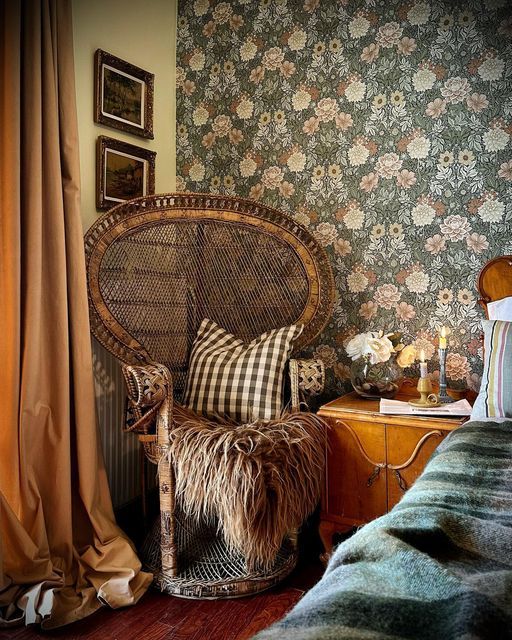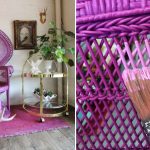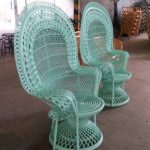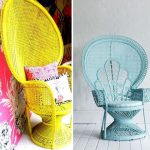The PP550 chair, commonly known as the Peacock Chair, is possibly one of the lesser-known designs by Hans J. Wegner. Even so, at least in part due to its unusual and elegant appearance, the chair has achieved a very special place in the history of interior design.
history
Hans J. Wegner, nicknamed “The Master of the Chair”, designed the Oculus chair. It was his great passion for chair design that eventually made Wegner a legendary figure in Danish modernism and a world-famous furniture designer. He created more than 500 chairs, many of which went into mass production.
The prototype of the Peacock Chair was introduced in 1947 and was put into operation by Johannes Hansen shortly after it was launched by the furniture company Møbelsnedkeri A / S. Unfortunately, production didn’t last long and soon after the chair shared the fate of many of Wegner’s designs, including the Shell Chair and the Elbow Chair. The chair was forgotten for almost half a century before it gained enough attention and became commercially available again.
The Peacock Chair was brought back to life in 1992 by the furniture company PP Møbler. This furniture design classic produced under the new brand was immediately commercially successful and ultimately fulfilled Wegner’s basic conviction. that a chair is only ready when someone is actually sitting in it.
design
The shape of the chair is rather ascetic, but still refined and unusual. Its design embodies the famous credo of its creator, which states: “A chair should not have a rear view. It should be beautiful from all sides and angles. “In fact, the chair with its famous curves looks very appealing and elegant at every angle. A light, attractive and comfortable lounge chair that feels just as modern today as it did more than half a century ago. An excellent example of Wegner’s constant pursuit of organic Simplicity to create sculptural beauty, comfort, and outstanding stability.
The Peacock Chair is further proof that Hans J. Wegner was way ahead of his time when it came to the design of wooden furniture. The chair’s minimalist and no-nonsense appearance can lead one to believe that it is relatively easy to make, which is very far from the truth. Due to the use of steam bent solid wood components, the chair requires perfect craftsmanship and a thorough understanding of woodworking. Hans J. Wegner was inspired by the British Windsor Chair for his design. Wegner’s version, however, has shorter legs and a more generous backrest that is slightly leaned back, which indicates a comfortable, relaxing lounge feeling. The backrest consists of the steam-bent arch and spindles that are flattened in the approximate area of ??a person’s shoulder blades.
The backrest gives the chair its exotic appearance and is reminiscent of a bird’s tail plumage. Hence the name of the chair – “The Peacock Chair”. The high level of comfort is due to the hand-woven seat shell made of paper cord. The pattern in which the seat is woven is similar to the seat of the Wishbone Chair. The chair is supported by four short dowel legs that are clamped together for added strength. An extremely low center of gravity makes the chair very stable and balanced. The PP550 is made of ash and is available in a soap, oil or paint finish. If customers find the monochrome scheme too monotonous, they can order the chair’s sloping armrests to be made from much darker teak.
Although the chair looks like a masterpiece of modern art, it is fully functional and very comfortable. This timeless piece of furniture still looks extravagant and fascinating and is a great, tasteful addition to any modern interior.
 decorafit.com Design ideas for your home and patio
decorafit.com Design ideas for your home and patio











